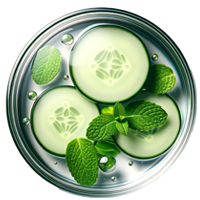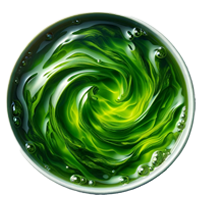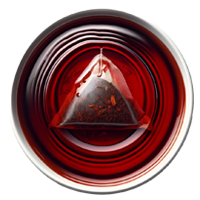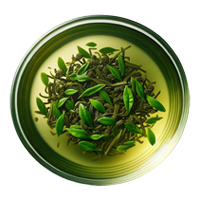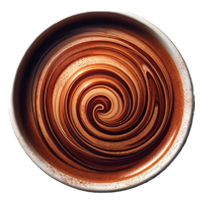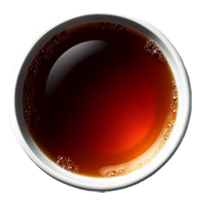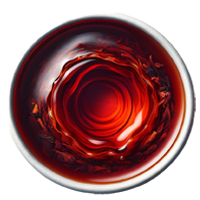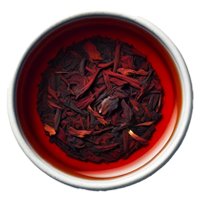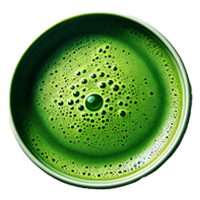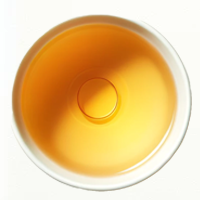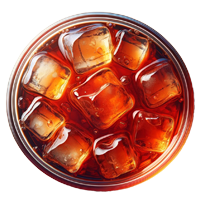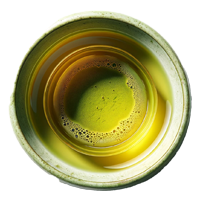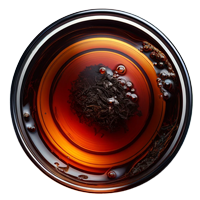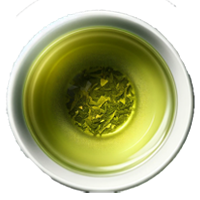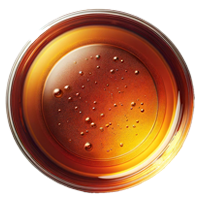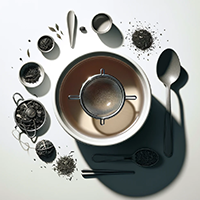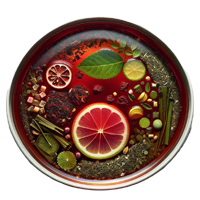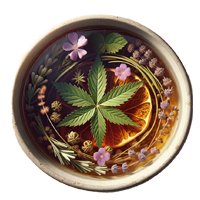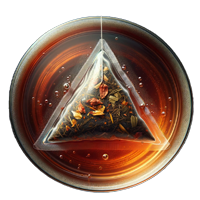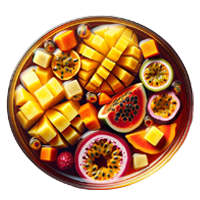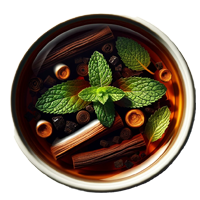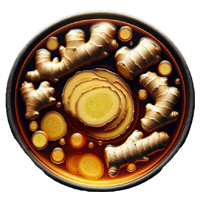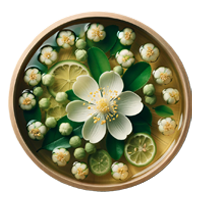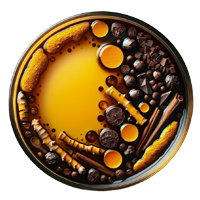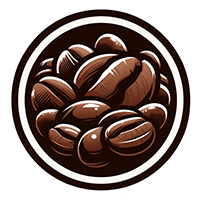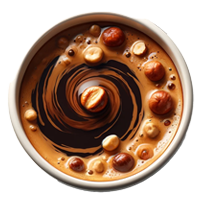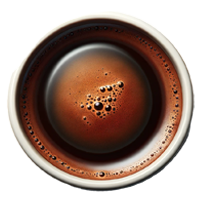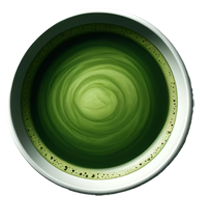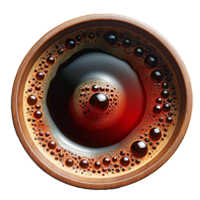Surprising if ever there was one, the Milky Oolong blue tea is one of those rarities that could not be missing from our online store to delight the most demanding palates. Creamy and smooth, it owes its name to the milky flavor and aroma it gives off. Ideal to accompany, for example, with salty foods
Like all blue teas, Milky Oolong is also a semi-fermented tea that is characterized by its creaminess and the aroma and flavor of milk (in fact, it is made with milk steam), which combined with that of the tea itself, make it a very special product. As special as the area where it is grown and made (Fujian, China) and the legend that accompanies it. By buying blue tea of this variety you will discover a very exclusive flavor.
It says that one day the Moon fell in love with a comet, but that it did not want to stop on the moon and crashed to Earth. The Moon became so sad that it sent a cold wave to the area of the Earth where the comet had fallen. The next day, the tea pickers went to carry out their daily task, but they were surprised by the low temperature of the leaves and, eager to know what the result of those leaves could be after fermentation, they ran to carry out this process. However, their impatience was such that the fermentation process was cut in half and, from there, the process will remain in what we know as semi-fermented. The result? This majestic and curious blue tea, which is characterized, as we said, by its creaminess, as well as by its milky aroma and flavor. A real delight!
Its flavor is so particular that it can be perfectly paired with sweet and salty flavors. In fact, it is a tea that in some English gatherings that include the famous small sandwiches cut into triangles, this tea is also served, with the result being of the same spectacular.
Another of the peculiarities of this tea is its production process. Of low production, the leaves with which this tea is made, collected in Fujian (China), have a very short cooking process, which mixes water vapor and milk, with the flavor and aromas of the latter predominating. The short cooking process also allows the leaves, which are rolled by hand and shaped into a ball, to have an olive green color.











